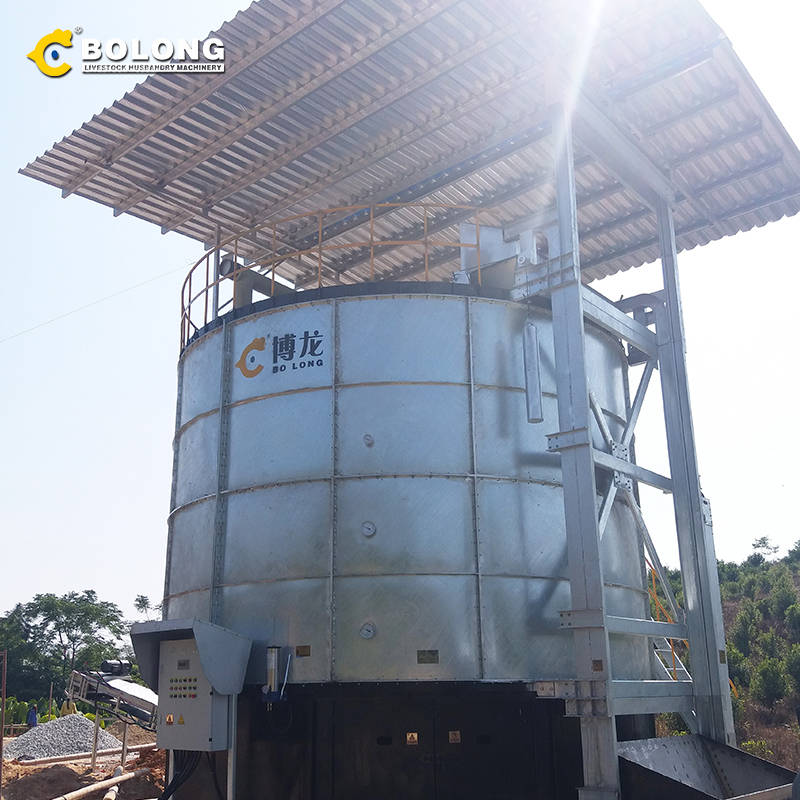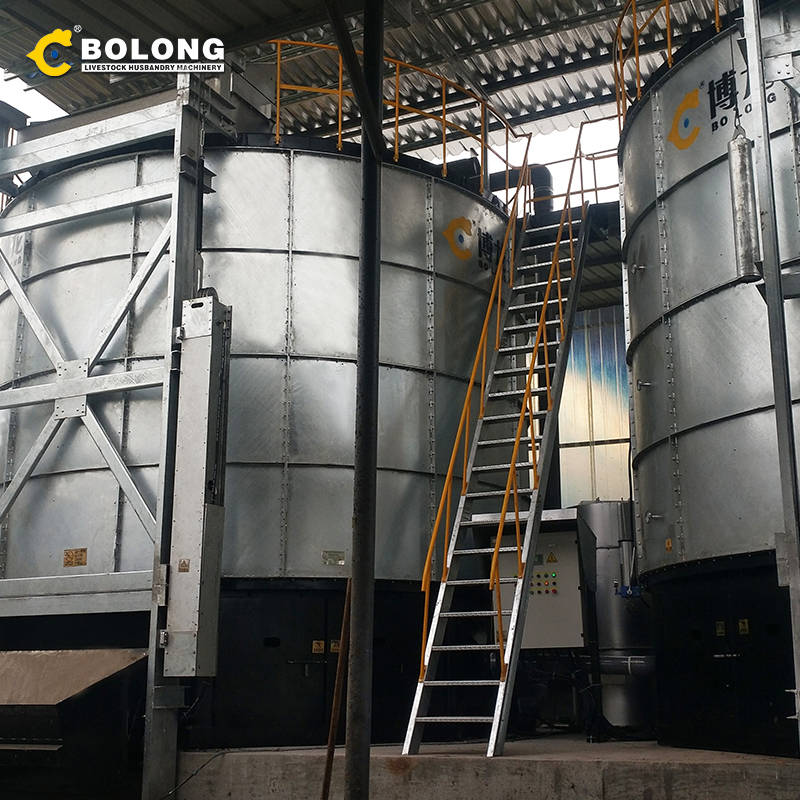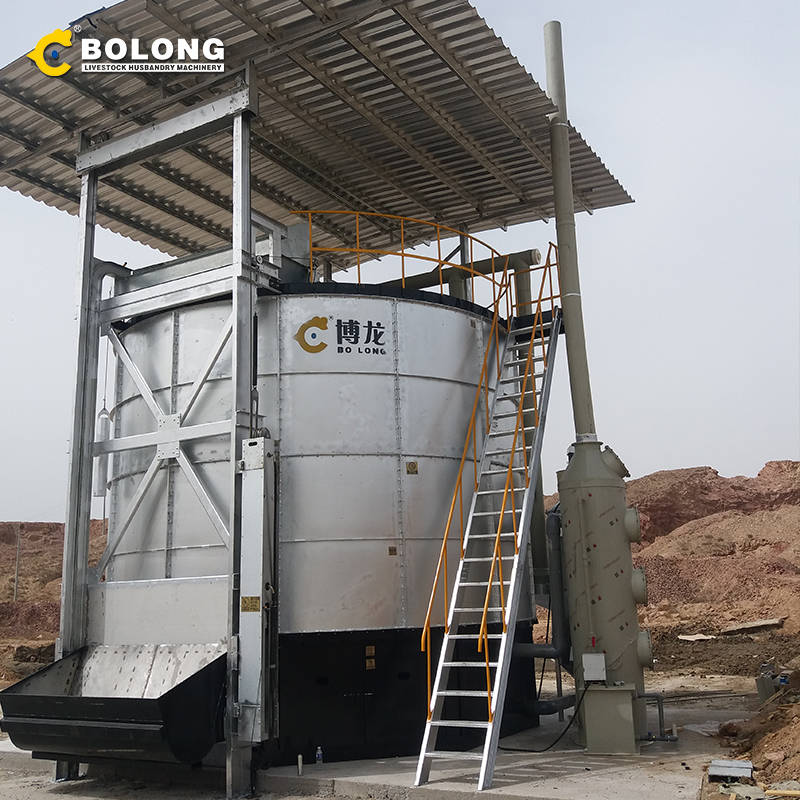In composting machines, the decomposition of organic waste by microorganisms under anaerobic conditions leads to complex biochemical reactions of proteins, fats, etc. Incomplete reactions or unstable conditions, like improper temperature and humidity control, trigger the release of odor substances as microbial metabolism goes abnormal.
The odors from composting machines are complex. Ammonia, with its pungent smell, irritates human mucous membranes. Hydrogen sulfide, having a rotten – egg odor, is highly toxic. Volatile fatty acids emit a sour smell and pollute the air. These components pose threats to the environment and human health.

Microorganisms utilize harmful odor components as nutrients and decompose them into harmless substances like carbon dioxide and water. For instance, in a biological filter, deodorizing – microorganism – containing filter materials adsorb and degrade odor molecules such as ammonia and hydrogen sulfide.
Advantages include good treatment effect, no secondary pollution, and relatively low operating costs. However, it has a long startup time and strict environmental condition requirements like temperature, humidity, and pH value.
Suitable for large – capacity composting machine systems with low – concentration odors and some buffer time, such as those in large – scale farm – supported organic fertilizer production.

Chemical reactions, like using strong oxidants to react with hydrogen sulfide and convert it into sulfate ions, are employed to neutralize, oxidize, or reduce odor components, thus eliminating odors.
The advantages are a rapid reaction and an immediate deodorization effect. But it uses a large amount of chemical agents, which may cause secondary pollution and result in high operating costs.
Ideal for situations with high – concentration odors and an urgent need for odor treatment, such as when a composting machine malfunctions and leaks a large amount of odor.
Adsorbents with a large specific surface area, like activated carbon, capture odor molecules through physical adsorption. The microporous structure of activated carbon can adsorb ammonia, volatile fatty acids, etc., purifying the air.
It has simple operation and a good adsorption effect. However, the adsorbent gets saturated easily, requires regular replacement, and incurs high operating costs.
Often used for treating the tail gas of composting machines with low – concentration odors and high deodorization accuracy requirements, such as small – scale composting machines in urban organic waste treatment plants.

When choosing an odor control technology, factors such as the scale of the composting machine, the composition and concentration of odors, and operating costs need to be comprehensively considered.
During implementation, strict control of technical parameters is essential to ensure the stable operation of the equipment. By making a rational selection and proper implementation of odor control technologies, the odor problem of organic fertilizer composting machines can be effectively addressed, promoting the green development of the organic fertilizer industry.